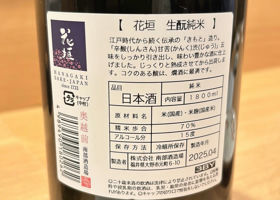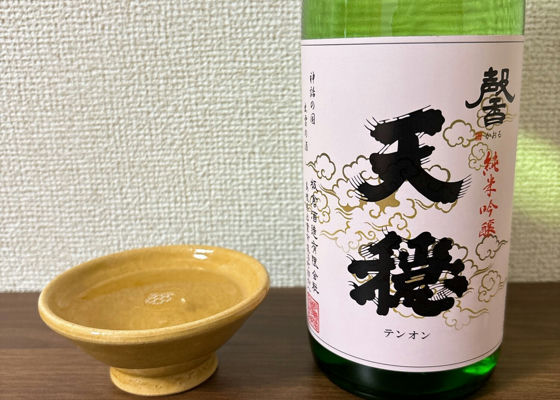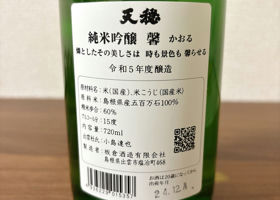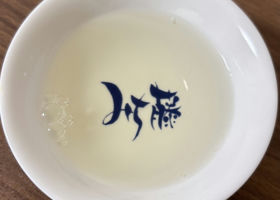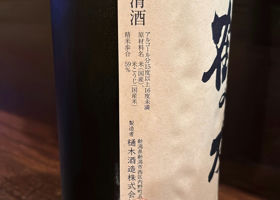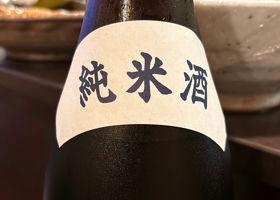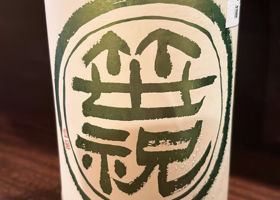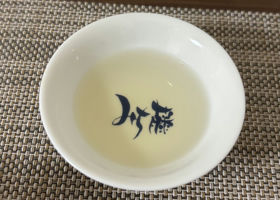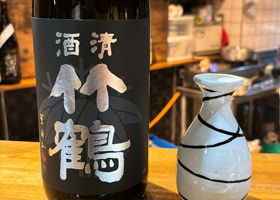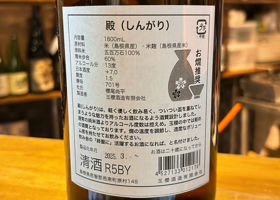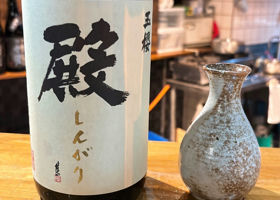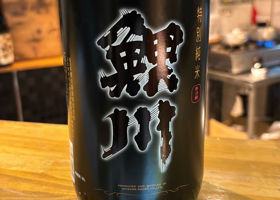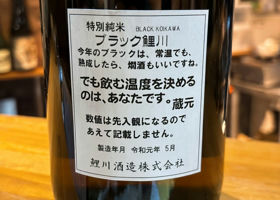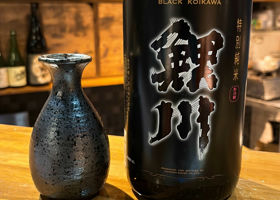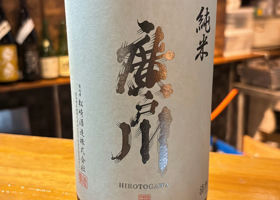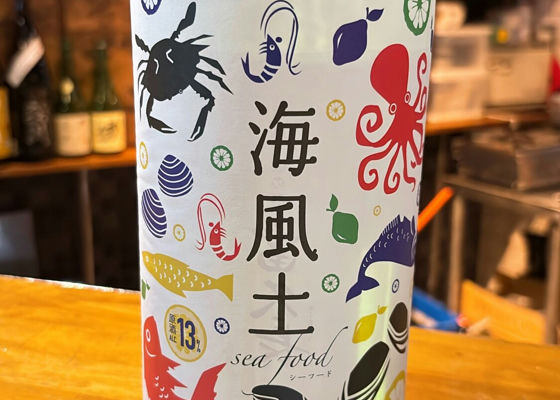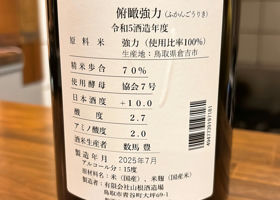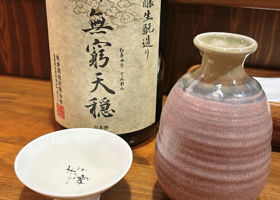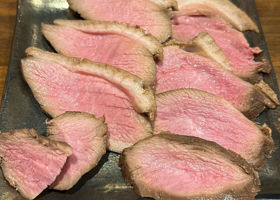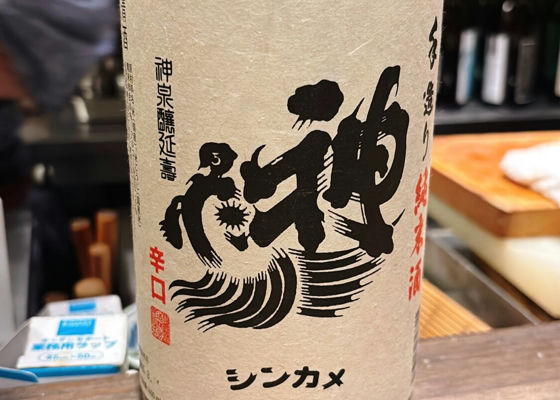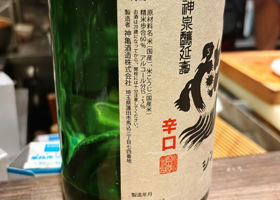

やす☆
Hirotogawa comparison. Next was the Tokujun.
At room temperature, it has a clear, soft, sweet flavor that is typical of a 55% polished sake, and it is easy to drink. It has no peculiarities at all and is light and easy to drink, making it a versatile all-purpose food sake.
When heated to 45°C, it has a mild sweet umami and a gentle aftertaste.
3000 check-in. This is the last check-in. I will (probably) not delete my account.
I will continue to drink sake, so if you want to know where and what I'm drinking, please visit my Instagram.
Japanese>English
ジェイ&ノビィ
Good morning, Yas☆-san 😃
I'm retiring from sakewa after 3000CI 🥹Something cool! I'm glad to hear that you are not retiring but will continue to drink Sake 🤗.
Japanese>English
やす☆
Thank you Jay & Nobby 🙇♂️
I think I'll continue to drink sake as long as my health permits 😄I'm glad to have discovered a variety of sake thanks to Sake no Wawa✨.
Japanese>English



